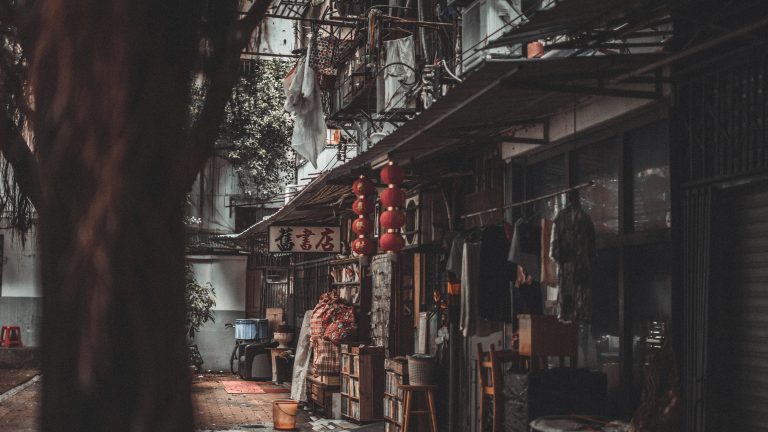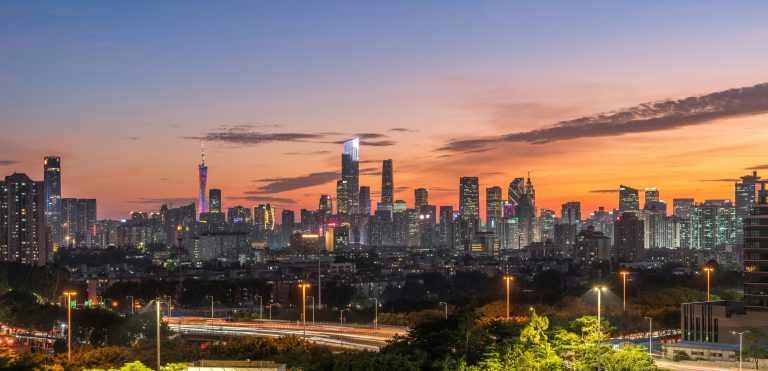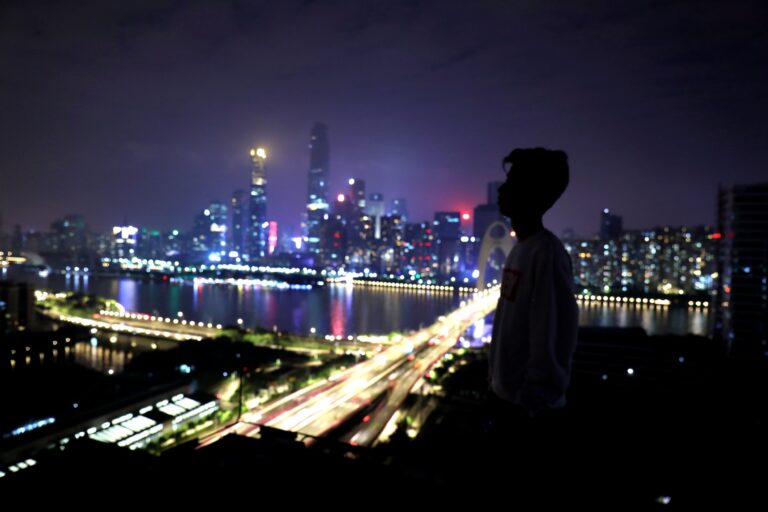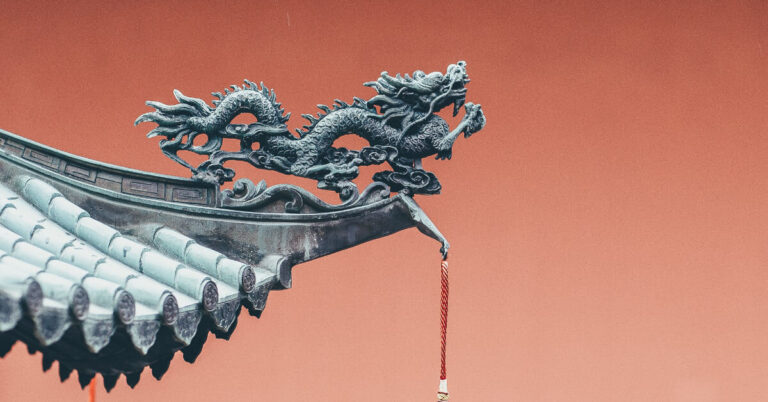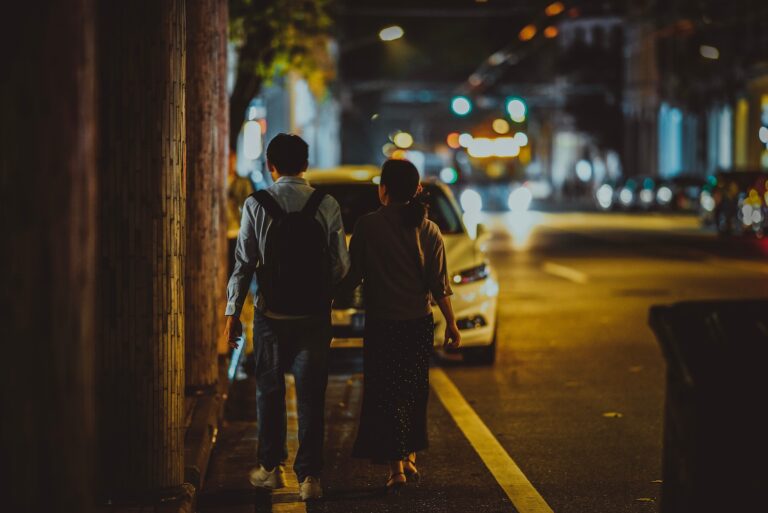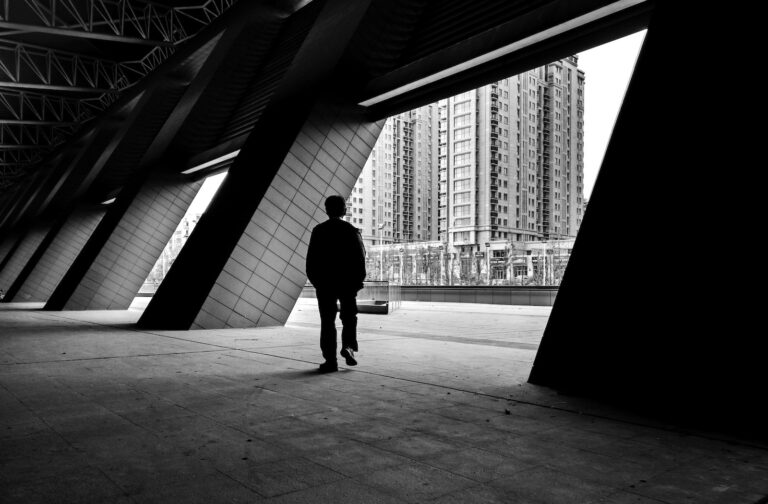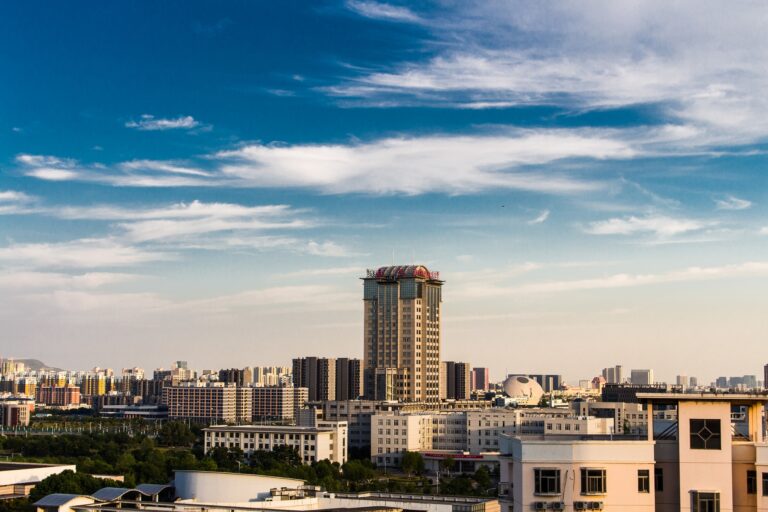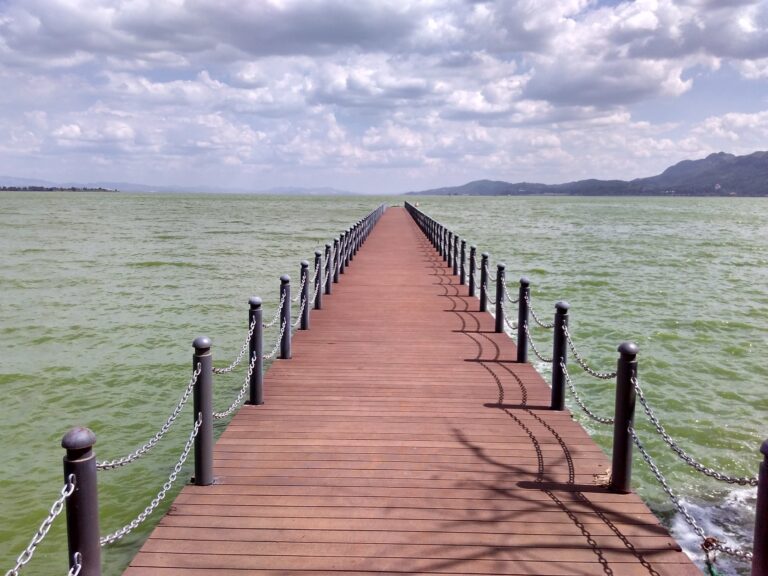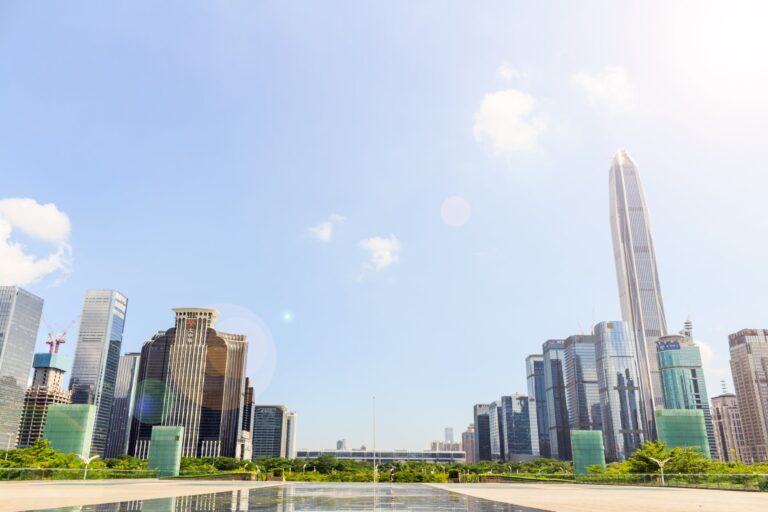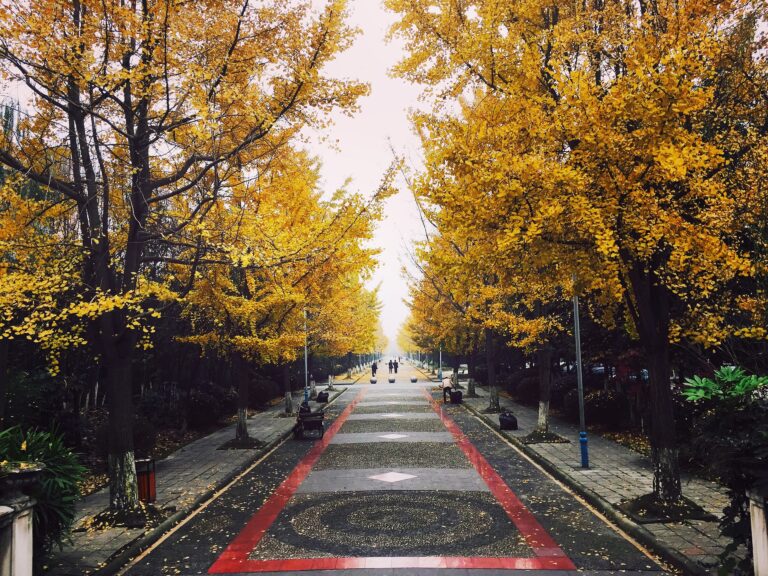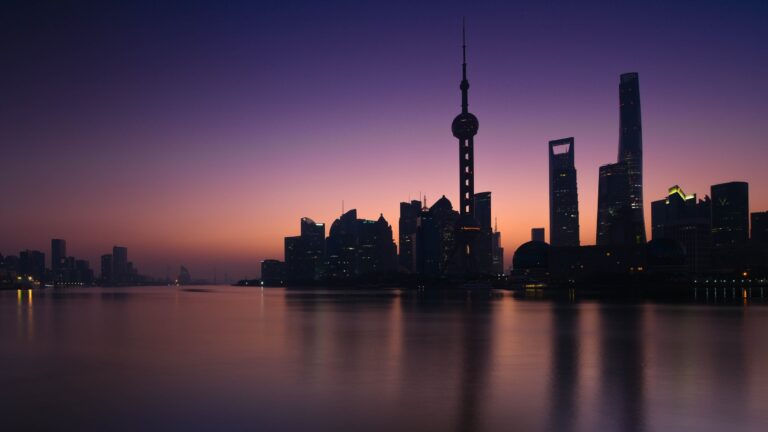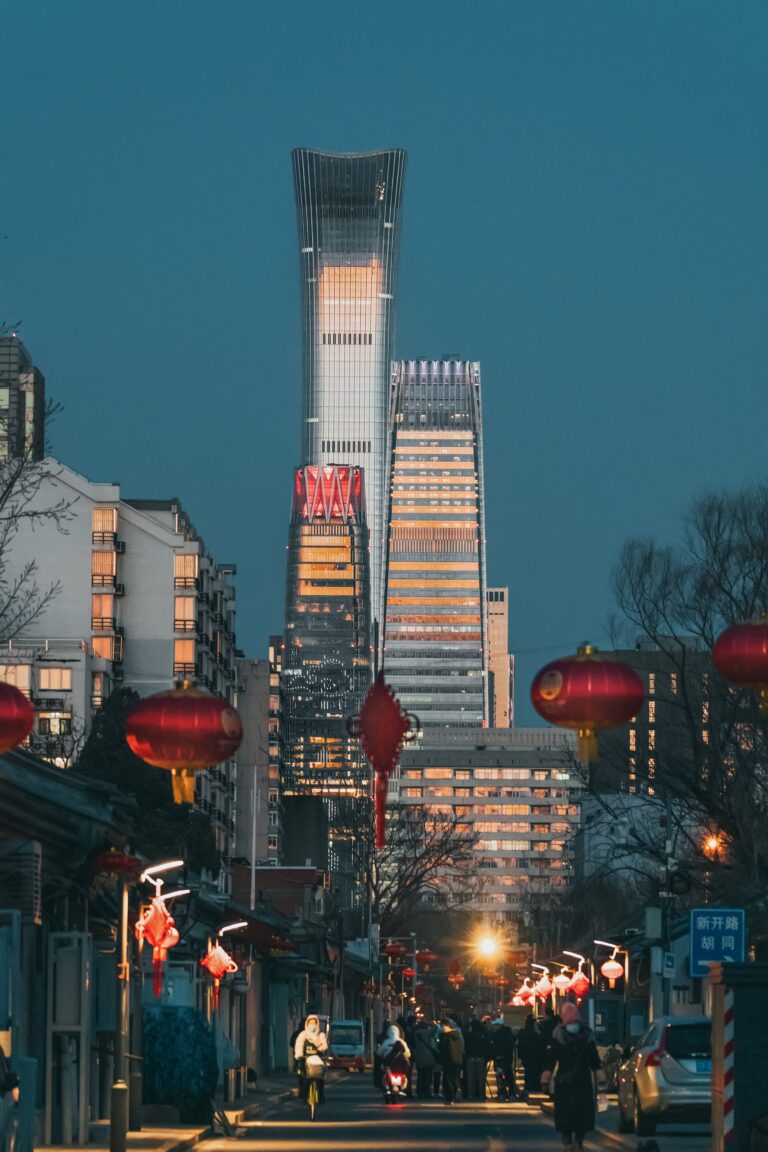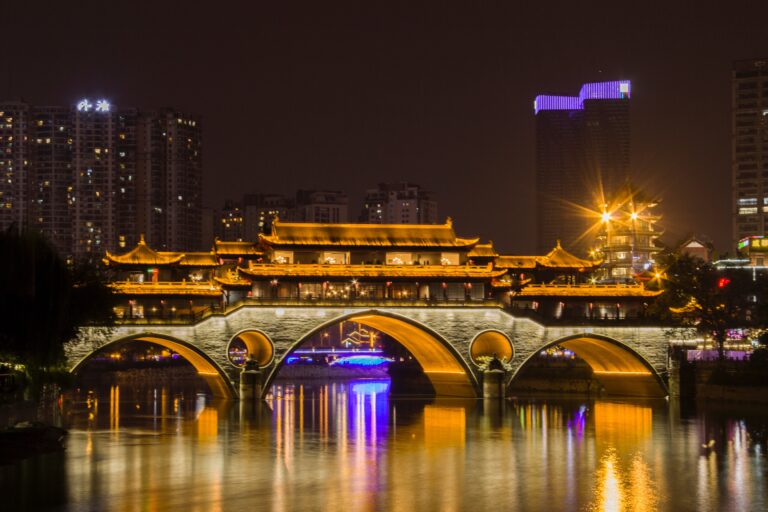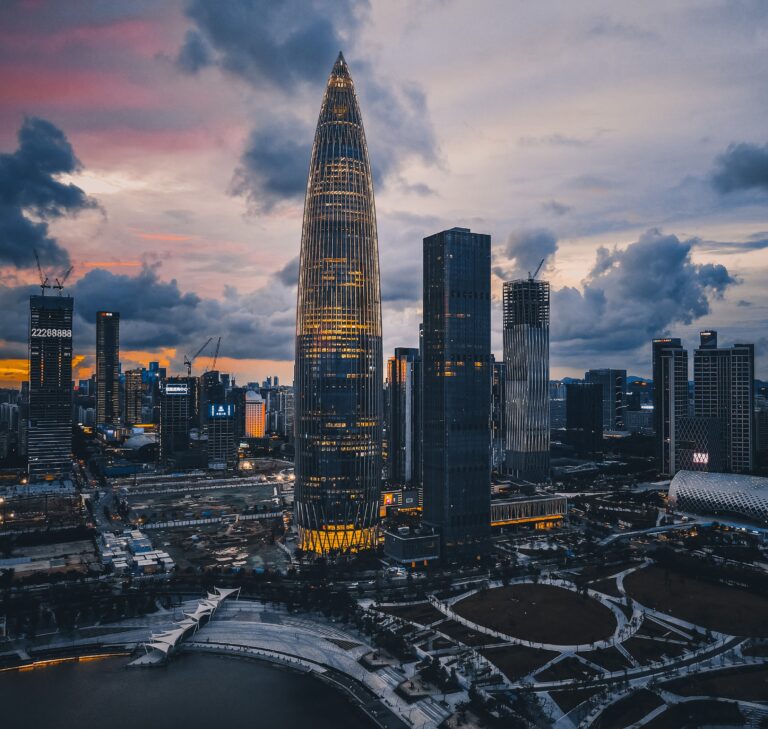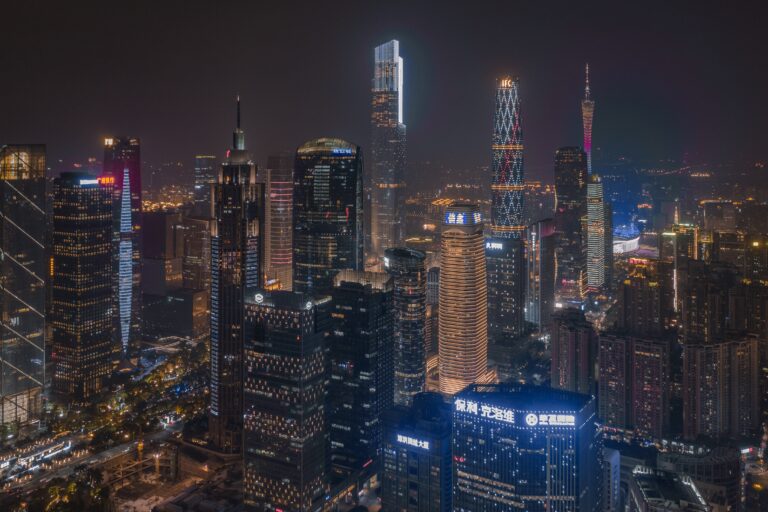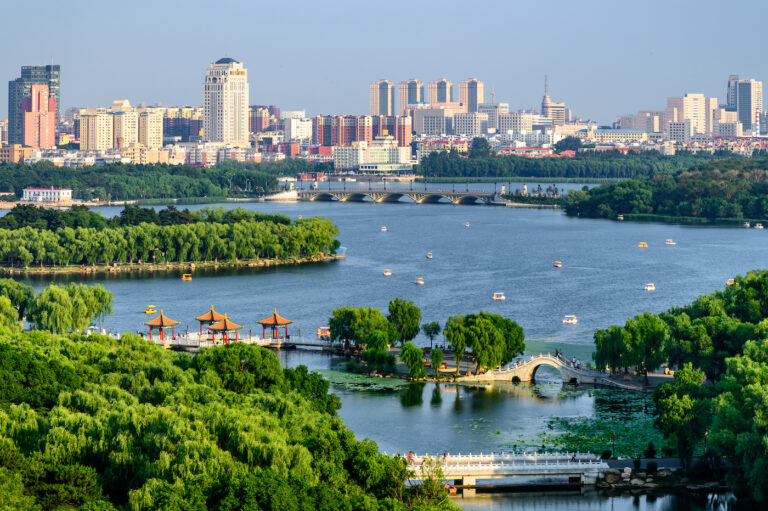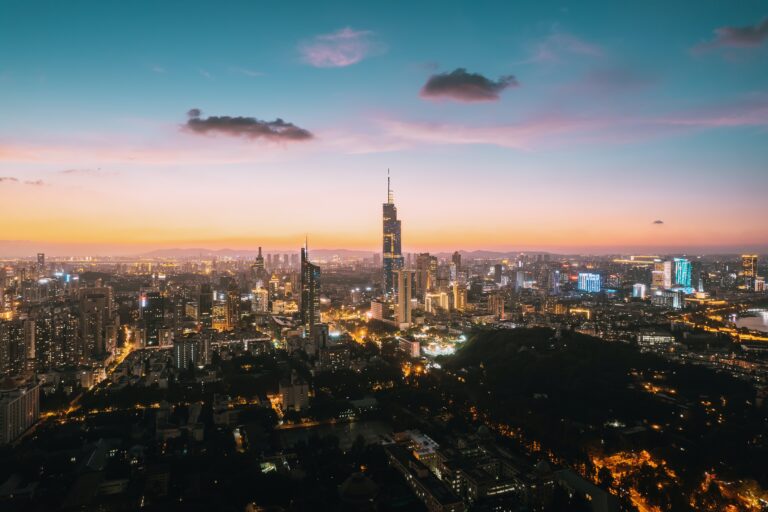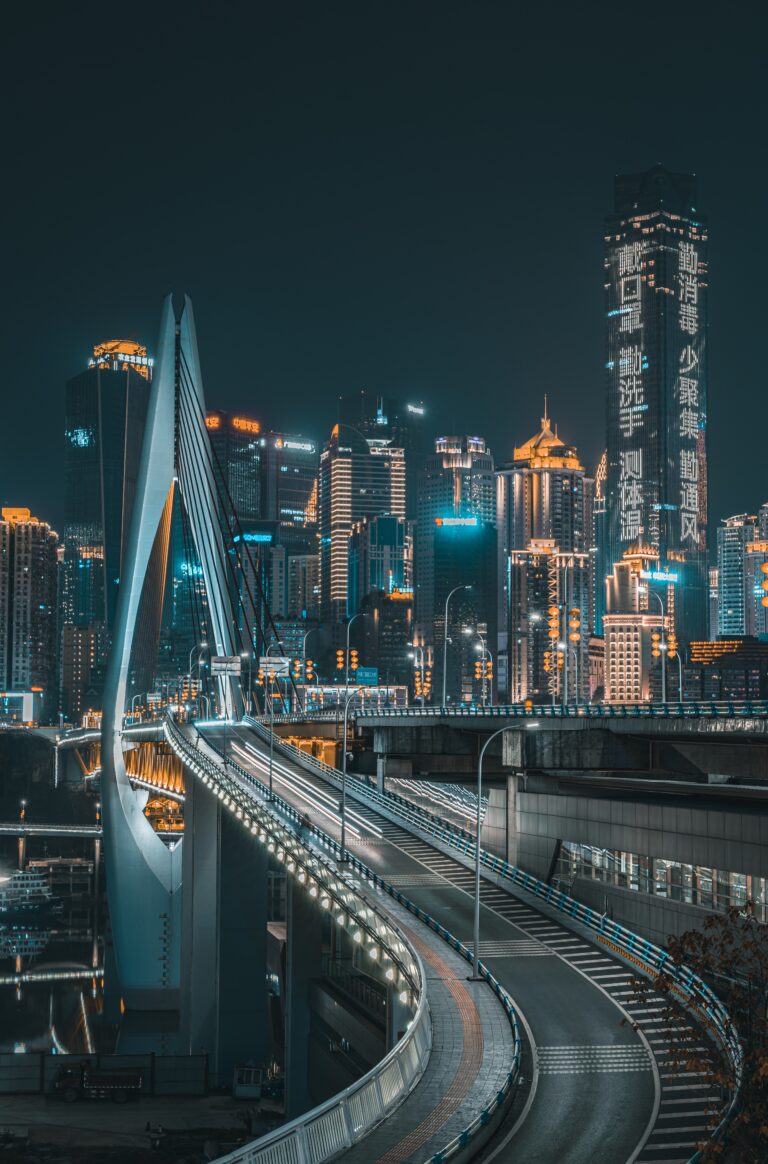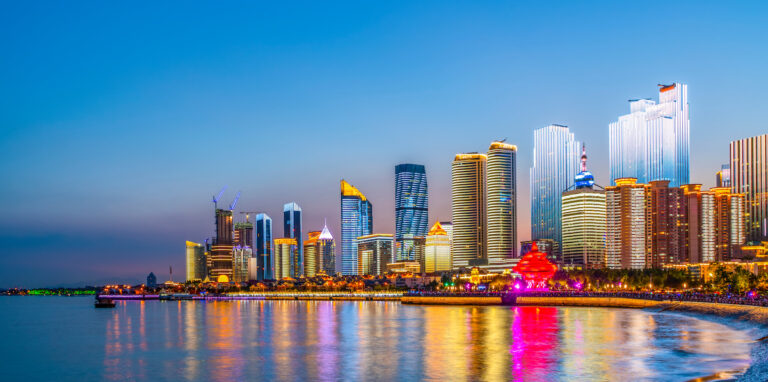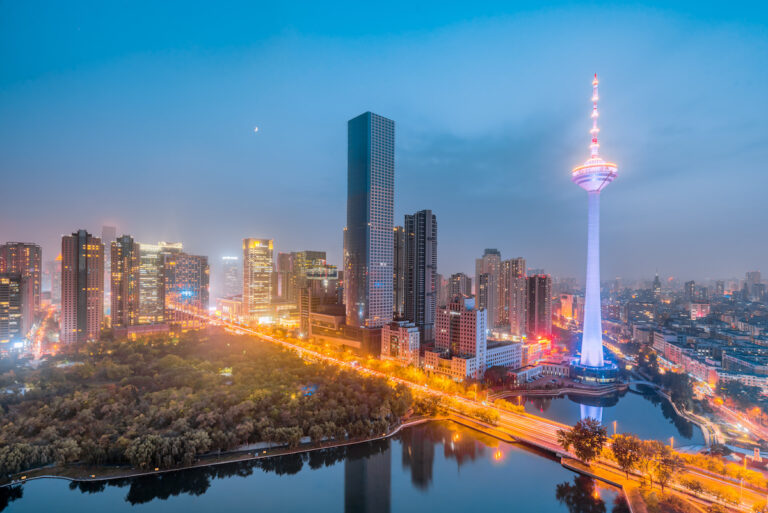
CP editor’s note: Shortly after the implementation of the new regulation at the beginning of 2018, an extensive interview took place with two of the house church’s leading voices – Wang Yi in Chengdu and Gao Zhen in Beijing. A transcript of the interview was published online in China in order to provide the house church with material upon which to reflect and pray, so that there might be a unified response to the regulations among the house churches going forward.
In this interview, the pastors discuss the government’s motivations behind the regulations; questions concerning whether house churches should break up into small fellowship groups; how ecclesiology influences house church responses to the regulations; what testimony the house church is presenting to Chinese society; and why house churches in big urban centers must take the heat for small rural churches.
China Partnership initially translated and published the full interview last year, and is reposting now in smaller sections for deeper consideration in the light of the increased persecution of the house church in the past year. This first portion of the interview discusses many intricate aspects of the Chinese Communist Party and its motivations for interfering with the house church.
-
Read the second portion of the series here.
-
Read the third portion of the series here.
-
Read the fourth portion of the series here.
-
Read the fifth portion of the series here.
-
You can also read the original Chinese here.
We suggest that you read more about the new regulations before reading this interview if you do not yet have a basic understanding of the changes.
Grace to City editor’s note: On February 1, 2018, the New Regulations on Religious Affairs (abbreviated as the New Regulations) came into effect.
What does this mean for the Chinese house churches? How should the Chinese house churches face this external challenge? “The New Regulations are unconstitutional;” “we should continue large-group worship”; “no we should downgrade into small groups” …With so many different opinions, Grace to City invited Pastor Gao Zhen and Pastor Wang Yi for a discussion on this issue. This conversation is not an analysis of the content of the New Regulations, but a gospel-centered reflection on the church’s attitude, posture and strategy from a theological level, based on our doctrines of the church (ecclesiology) and salvation (soteriology).
For special reasons, pastors who adopted a small-group approach were not able to join our conversation today. Unfortunately, we were not able to have a dialogue between these different points of view because we are missing another voice. This forum is far from being all inclusive. We look forward to a deeper, broader discussion about this issue in the future.
Interview Host: For the New Regulations that are going into effect, what are some specific parts that are worth our attention?
Wang Yi: First, from the government’s control of religious affairs, it has developed into a more comprehensive system of management. Besides the State Administration for Religious Affairs, the New Regulations now include the Public Security Bureau, community administrations and governments of all levels.
The New Regulations are consistent with policies of the Chinese Communist Party (CCP) in the past few years: for the first time the management of religious affairs was added into the Party Constitution, and religious control was added as a major focus to a list of social conflicts, contradictions and political goals. This means the government has put more value on the administration of religious affairs than it did in the previous decades. Although the New Regulations is still listed as a low-level State Council policy, it is setting up a system of comprehensive regulations over religious affairs.
For example, Mr. Liu Peng mentioned that the role of Wang Zuo-an, director of State Administration for Religious Affairs, has been downgraded. (He used to be a member of the Central Committee of the CCP, but now he is not even an alternate member). I think downgrading of the role of State Administration for Religious Affairs does not mean the government does not care about religious affairs; this actually reflects that the government has intensified their focus. That is to say, religious affairs are no longer managed by the insignificant State Administration for Religious Affairs. With the New Regulations, there is now a comprehensive system of management that includes governments and departments of all levels. In this comprehensive system of management, the State Administration for Religious Affairs is no longer the driving force.
For example, in the past ten years the role of the Central Political and Legal Affairs Commission has been downgraded; its secretaries used to be members of the Central Politburo Standing Committee of the CCP. But downgrading the secretary of Legal Affairs Commission from the Standing Committee does not mean the work of legal affairs is less important; in fact, it has been elevated because it now falls into the hands of the National Security Council and President Xi.
The New Regulations in reality intends to establish a comprehensive system of management of religious affairs by including all governmental agencies. Something worth noting is that in the process of implementing the New Regulations, there is no way to identify (at least not on paper) which agency or which individual is the supreme leader in charge of religious affairs in China today. It’s no longer the State Administration for Religious Affairs. Is it the National Security Council, President Xi’s office, or something else? Who is ultimately in charge? All we can do is guess, there is no way to find out on paper. The only thing certain is that it is no longer the State Administration for Religious Affairs.
Therefore, there are two points: first, the government intends to establish a comprehensive system of management over religious affairs. Second, this system is still ambiguous. We do not know how it will be ranked and who would ultimately be in charge after the system is fully implemented. This may become clearer after the New Regulations have been in place for a while.
“The government intends to establish a system of management over religious affairs.” -Wang Yi
Second, from its content, the New Regulations clearly tightened the control over certain details, especially those involving foreigners, properties, education (theological education, religious education and training), custom entries, and religious activities overseas. In these areas a more elaborate, detailed system of management has been established. After February 1, State Administration for Religious Affairs issued a ten-page enforcement guideline on administrating licenses based on the New Regulations, which covers approval, administrative licensing and specific application practices (for example, religious activities by foreigners, administrative licensing for religious education longer-than three months, and detailed application process).
Third, the New Regulations seem to have left a space for temporary venues for religious activities and temporary registrations. What is interesting is that, while the enforcement guidelines of administrative licensing explained in detail the application process for religious activities and religious education, it does not cover registrations for temporary venues for religious activities. It is interesting that the New Regulations left a space for temporary registrations, yet there is no clear guideline in the management of such registrations. Therefore, I think the implementation process will be punishment first and detention second, since now the specific execution of temporary registration is not in effect.
Gao Zhen: In facing the New Regulations, I suggest that we take the long view, even ten years or twenty years into future and see what the Chinese government intends to achieve.
First, the New Regulations clearly define what is legal and what is illegal. While the New Regulations have been brewing for a while, they were endorsed at the change of the government; therefore, they were done hastily and carelessly. We have to take this into consideration.
What is legal? Would everything be legal if we join the Three-Self Church? We can’t tell by looking at the New Regulations. The regulations give local governments the authority to decide what is legal. During the implementation of the New Regulations, it looks like local governments need to ban all that is illegal; in fact, the New Regulations want to convert all that is illegal into legal. That is why people call it “the new Three-Self Movement.”
The New Regulations weakened the roles of the State Administration for Religious Affairs and the Three-Self church. It placed the power in the hands of the local governments to decide what is legal and to manage local churches. Later we will talk about how local governments will implement these policies.
Second, we have to take the long view; I am concerned that the New Regulations may be preparing the way for comprehensive religious legislation in the future.
How to manage religious affairs? The government has hosted numerous forums; China is also learning and mobilizing.
I just came back from Taiwan. I brought back a membership directory from one of the churches there. It recorded all members’ information, including their tithing. In Taiwan there is no unregistered church; every member must be registered; the government knows every member’s contribution amount, and churches must participate in community service. We have come to realize now that when the government intervenes with church governance, [the result is that the] churches in Taiwan have almost all been wiped out. They pursue the prosperity gospel or Pentecostalism. Either they become Pentecostal, or they begin to compare building and congregation sizes. Churches that hold up the cross are all declining, while Pentecostal churches are reviving. This is happening all over Taiwan. Some seek big church buildings and prominent community service.
It is not an overstatement to categorize Christianity in Taiwan as “Christianity without Christ.” Therefore, I am concerned that Chinese churches will slowly follow in their steps.
The New Regulations aim to gradually transition into penetration and intervention, not suppression. This is like what is happening with the churches in Wenzhou. It is not a policy of confrontation, but a sinicization of Christianity by practical measures (for example, installing national flags and video cameras in and around the churches) to the degree of forbidding evangelism and canceling children’s Sunday school. This is happening in the whole Wenzhou area.
“It is not a policy of confrontation, but a sinicization of Christianity by practical measures.”
-Gao Zhen
When local governments intervene with churches’ standard administration, they start with your safety and fire prevention. They do not care about the sizes of your congregations – they do not start by looking at your numbers. They start by looking at your building – number of people allowed in the building, fire prevention, etc. Penetration starts right here, one step at a time. This is what I am concerned about, that the New Regulations will gradually transition into comprehensive religious legislation.
If comprehensive religious legislation is established, all of our churches will have to be registered; how would that impact the Chinese churches and their development? We have to think about this in the next ten to twenty years.
Interview Host: You two have spoken a lot from an administrative standpoint. Pastor Wang pointed out that the New Regulations aim to return to an ideology-based system of comprehensive management that is consistent with CCP policies. While it leaves space for certain issues, it does not provide any detailed guidelines on these areas. Pastor Gao pointed out that the New Regulations give authority to local governments, who may start with standardizing building regulations and gradually intervene with churches’ internal affairs.
If so, from the perspectives of management and control, what are some parts of the New Regulations regarding church affairs that we need to be mindful of?
Gao Zhen: One of the effects of standardizing building regulations would be the venues and the formats of church gatherings.
Just like the removal of low-income populations in Beijing, the excuse for their removal was that their housing did not meet the standards. Once their homes were sealed off, the people had to move, and houses that meet the standards are very expensive. We are facing the same situation. The way the government intervenes with church administration will start with congregations located in dangerous communities or housed in unsafe buildings.
Take Second Gospel Presbyterian Church as an example: at first, we rented a warehouse and spent quite a bit of money to renovate it into a nice space. Then the government came and said the building was not up to standard, and we were kicked out (the owner built the building without license and thus had no legal property right, and we were unaware of this).
First, we should not quickly count this as persecution: we were gathering for worship; the police came and put pressure on the owner; then we were persecuted. Such a simple definition of persecution is too hasty.
The government first starts with driving churches out of dilapidated buildings and residential areas. The churches will then have to move into commercial space, like Pastor Wang’s church now meets in an office building. But a lot of churches can’t afford this because of their size and tithing. Because of this, some churches choose to downgrade into smaller groups.
But before downgrading into smaller groups, you must consider what are the factors and motivations behind dividing into small groups. You must consider your doctrine of the church (ecclesiology).
Wang Yi: Pastor Gao mentioned the new Three-Self movement; the New Regulations in essence are the manifesto of the new Three-Self movement. But it is different from the Three-Self movement in the 1950s.
In the 1950s, the government needed to win over people from the church. The Three-Self movement was a spontaneous movement led by Wu Yaozong and others as a manifesto from within the Chinese Christian circle, and the government readily acknowledged and supported it. The situation today is different. While the content and implementation of the New Regulations were done in a hurry, its introduction has been deferred a few years; it was being prepared as early as 2015. And it still felt hasty after a three-year delay.
A couple of years ago, the government wanted to make Christianity more Chinese ideologically. One important part of the government’s intervention in Wenzhou churches is that religious affairs have been elevated to the level of ideological security or national security. In the past couple years, the government failed to win over people from house churches to represent the new Three-Self movement.
In the 1950s the government had to win over a group of people from the church before they persecuted the rest. Today, the government fails to find any pro-government people in the churches; this creates a lot of problems if the government wants to persecute the church right now. Therefore, this new Three-Self movement is different from the 1950s because this movement is completely driven by the government without any collusion from inside the church. While it is possible that house churches may divide during the implementation of the New Regulations (which we will discuss in detail later), this movement was not initiated by a division within the church.
“Today, the government fails to find any pro-government people in the churches.” -Wang Yi
Under the pretense of the rule of law, the government introduced the New Regulations to launch and promote this new Three-Self movement. The first few articles of the New Regulations seem relatively tame since they talk about purposes and goals, but the New Regulations are much stronger in comparison to the 2004 regulations in that they clearly mention ideological security and sinicization of religions. This somewhat resembles the Three-Self manifesto in the 1950s, except that in the 1950s the people within the church came up with the ideas of a Three-Self, renewed, and patriotic movement. The New Regulations aim for new reforms, patriotism, and sinicization of religion. They’ve always said that “religions should adapt to socialism with Chinese characteristics.” Now it is elevated to the level of ideological security and sinicization of religions. These two points will have a great impact on the things we will talk about later.
What the church could tolerate is the transition from approval-based religious administration to record-based administration, which means there would be no review of content. We hope that religious administration can evolve from a system of strict examination to a more flexible system of records. Yet from what we see on paper, this is going in the opposite direction. The New Regulations show no signs of transitioning from an approval-based system toward a record-based system; instead it pursues ideological security and sinicization of Christianity. In fact, many articles strengthened the practices of examination and approval.
Like the government intervention with churches in Wenzhou (intervention with architecture, education materials, community services, traditions, etc.), these all lead to even stricter examinations for church officers, properties, doctrines and members. In essence, the New Regulations wanted to launch a new Three-Self movement. From this perspective, it will inevitably fail. While some state scholars voiced support for the movement and provided some philosophical foundation for the sinicization of Christianity, the government has no representation in the house churches and has to initiate this new Three-Self movement by law. Therefore, the New Regulations are in essence the political manifesto of the new Three-Self movement disguised as a law.
Interview Host: Pastor Wang mentioned that the New Regulations elevated religious affairs ideologically to the level of national security and religious security. The government seeks to achieve some control over the church ideologically and politically through the new Three-Self movement. You also mentioned that the way it is carried out is different from the 1950s movement. Is it possible that, in the 1950s, the new regime was just established, and the church was by nature legal – the church existed before the new regime came into being. The Three-Self movement, from a strategic and operational standpoint, was originally a re-registration movement – the legal church becoming more legal by joining certain organizations, which was a way of operating within a certain historical context. Today’s New Regulations aim to bring control to churches outside the Three-Self movement.
In some ways, the government no longer needs to re-register and divide the church. Registration is enough; there is no need for re-registration. Therefore, would it be possible that the government no longer intends to bring more division within the church?
Wang Yi: If the government considers the Three-Self system established in the 1950’s still effective today, it does not need to recruit new agents in the house churches. This would prove that the government was very confident. On the other hand, statistics show that house churches were really the main body of the church in China; the total number of all house church members could be two to three times higher than that of the Three-Self church. The Three-Self church does not seem to be a very useful tool, and it would be quite a stretch under such circumstances. In fact, the government was not confident enough.
One other factor is what Gao Zhen just mentioned about Taiwan, which is tied to our ecclesiology, and we will talk about that more shortly. When the CCP wanted to link religion with ideological security, we can use another term to summarize this situation, which is the legitimacy of the state. The cultural revolution in religion happened before all other revolutions. The regime established in 1949 was a whole new system that faced a legitimacy problem, which was closely tied to the church-state relationship.
The government in Taiwan takes a simple view of the church and treats churches as all non-religious civil organizations. Therefore, the Taiwanese government manages churches the same way it manages other non-religious organizations. This has nothing to do with a state’s legitimacy. The state’s legitimacy is not challenged by the church’s ecclesiology; it is purely secular. In Taiwan, and in most western countries today, while the church is considered religious, it is treated no different than any other secular organization.
Yet in 1949, the Communist Party in China could not look at the church this way. Today the situation remains the same. After several decades, the CCP regime still faces the problem of establishing authority in the country, and it clearly feels that the existence of house churches threatens and challenges its legitimacy. In fact, the government today sees the church-state relationship as a competing relationship between two kingdoms. But the church to a large extent does not look at the issue this way. That is to say, the government considers the existence of the church not only as a civil governing problem (like the government managing an independent civil group). The government believes the church can influence its ideological security, meaning it would also influence the self-definition of the state; it is a problem about the boundary between the two kingdoms.
“We are defining the boundary between church and state.” -Wang Yi
It is excellent that Pastor Gao pointed this out. The New Regulations today highlight the church-state relationship, which is not about what one church should do, not about whether one strategy is feasible, not about whether it is safe for one church to continue gathering and worshipping. In fact, we are defining the boundary between church and state. In China, this is an issue that has not been finalized. What the government does today and how the church responds will impact the boundary between church and state in China for the next twenty to thirty or even one hundred years.
Today, countries represented by the United States legally treat the church equal to other non-religious organizations; yet from a national, social, cultural structure perspective, the state still holds a distinctive view of the church. While this is not a traditional Christian kingdom mindset, governments still view the church as a factor that could influence the existence of the state. But some other western countries and regions such as Hong Kong and Taiwan do not hold such a special view of the church. This is what Pastor Gao was concerned about.
Then what are we hoping for? We hope the government would govern the church the same way it governs all other civil organizations. This is the basic request of the church. Currently we call our special treatment “persecution.” But if we have equal treatment with other organizations, we cannot call it persecution, because all civil organizations share the same, equal treatment under the law.
Therefore, our current request seems to be, the government should not treat us any differently because we are a religious organization. Yet if we move one step further, as Pastor Gao just said, if one day the government has finalized its philosophy of government, it is no longer concerned about ideological security but has true confidence in its system, when the legitimacy of the state has nothing to do with the church and the government no longer treats the church any differently than other civil organizations, the church may not necessarily be in a better situation either. The church has lost its distinctiveness.
We hope the government would establish a more biblical church-state relationship. In fact, the government should still legally treat the church equal to other civil organizations, yet also with certain distinctions. Of course it is not distinct to the extent of viewing it as a separate state. Today the game between the church and state will in effect define many issues relating to the boundary between the church and state. I am also very concerned about this.
English translation provided by the China Partnership translation team. Please refer to our reposting guidelines for permission to share on your blog or website.
